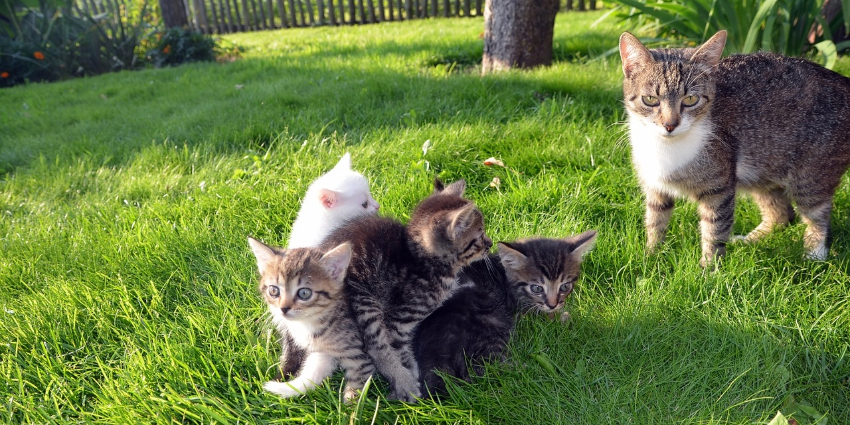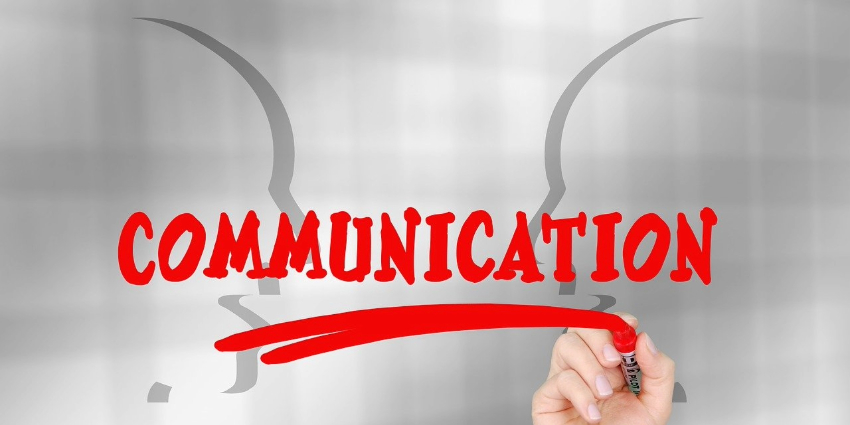Ever attend (or conduct) a meeting that surprisingly resembles an exercise in herding cats? Despite your best attempts to direct the agenda, veer the conversation back to productivity, or heaven forbid, leave with clear, actionable items for attendees to tackle, your efforts come up fruitless. I hear you.
With our February focus on Maximizing Our Time, I want to offer a few thoughts on how to keep your meetings more fruitful and less feline.
Thought #1 – Read the Room (for Participants)
- It’s nice to include people; I get it. We want people to feel like they have agency, we want to provide mentoring opportunities, and we even want to use the “optional” feature on our meeting planners as a way of saying you can come if you want to. All well-intended reasons to fill the room; however, really ask yourself “Does everyone in this meeting have a horse in this race?” Anyone who consistently leaves meetings without a task or a follow-up item probably shouldn’t be attending the meeting.
Thought #2 – Declare Your Outcome. Why Are We Here?
- Oprah Winfrey is famous for beginning every meeting by asking “Why are we here today?”. Declaring the purpose of the meeting and the anticipated outcome keeps meetings on track with a clear focus and direction. Meetings have a purpose and a goal. If your “meeting” is to explore or discuss a topic, you’re not having a meeting; you’re having a conversation, which can be done over lunch, coffee, or a phone call with fewer people present in the room. Are you having a meeting or conversation?
Thought #3 – Anticipate Derailers
- The person at the proverbial head of the table is responsible for the quality of the meeting. Doesn’t matter if you want to be or not. It’s up to you to anticipate the distractors and derailers that might make an appearance. Watch for hidden agendas others may want to put on the table, gently table “idea fountain” participants when they throw outliers out to the group, and for goodness sake, come to the meeting with a detailed agenda. Generic agendas are about as useful as emails that begin with “Dear. Sir/Madam”.
Take Action:
Are the right people in the room?
Does everyone know what they are in the room to do?
Are you prepared for flyers that may come your way?
Think fruitful, not feline.













